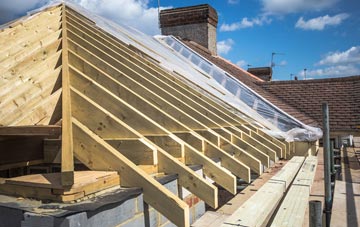Energy trusses have raised heels so they can reach r values of 30 or higher.
Raised tie roof truss cost.
So once again a 26 foot truss x 5 00 a foot 130 00.
A raised tie roof truss is a truss where the bottom chord making up the triangle shape moves towards the top of the triangle.
25 pound per square foot 6 29 pound per square foot 2 35 pound per square foot 18 40 pound per square foot 20.
You may need a standard truss attic truss or you may opt for a raised tie truss all of these are considerations and will impact on the design time in the office.
The raised tie roof truss imposes a horizontal load onto the wall plate and wall when loaded.
Unlike the conventional truss which is fully triangulated by virtue of its bottom chord fixing the top chords together the raised tie roof completes its triangulation at the flat ceiling to sloping ceiling intersection.
Labor runs anywhere from 20 to 75 per hour.
These trusses cost more than a common truss since there are more parts to cut and more lumber in the truss.
These trusses are around 4 50 to 5 50 a foot.
Post frame trusses are designed to be placed at spans greater than two.
Furthermore the higher the raised tie the thicker the timber needs to be to be able to support the roof and so increases the cost of the roof truss.
For a 2 000 square foot home roof truss installation typically costs between 7 200 and 12 000.
Unlike other trusses which support on the ceiling tie the bottom chord raised tie trusses are supported partway up the lower end of the rafters.
Let s talk about cost on a standard gable truss.
They support live and dead loads by efficiently transferring the loads to the building walls or supports.
You ll spend anywhere from 1 50 to 4 50 per square foot for materials alone or between 35 and 150 though extremely long and complex types can reach 400 each.

